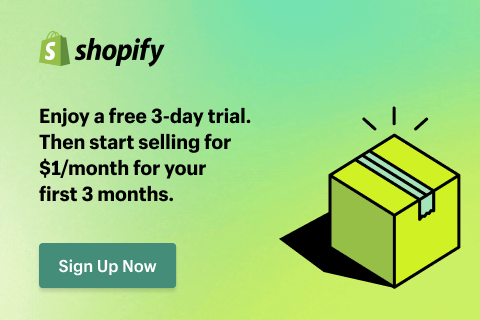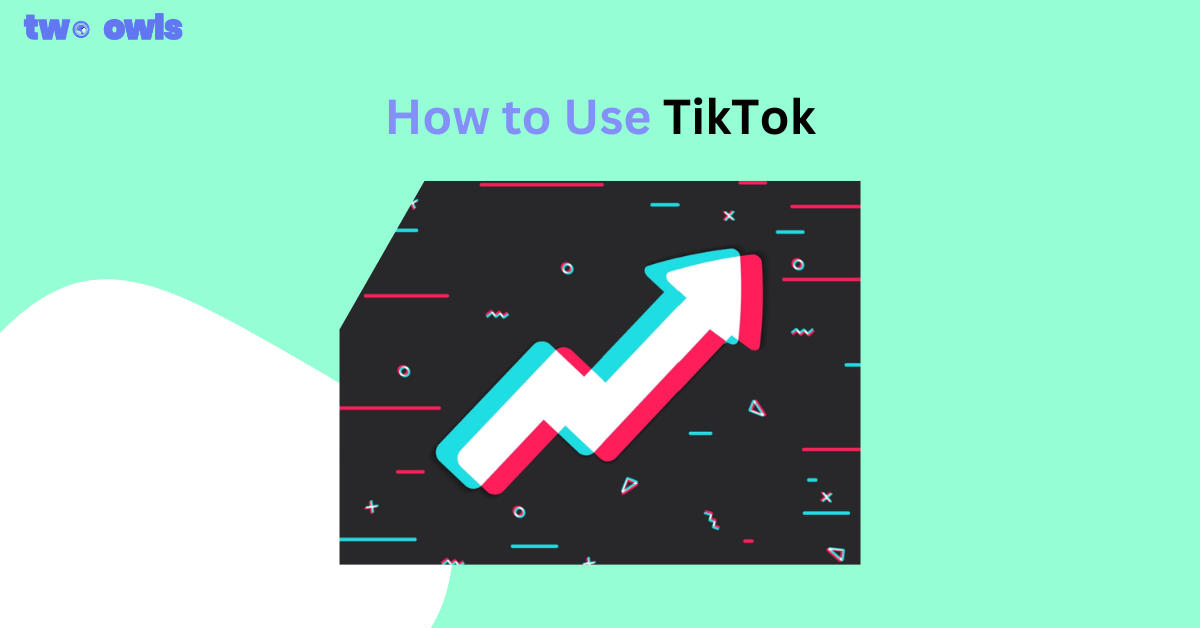Facebook Ad Frequency Explained: How to Control It in 2026
How often should your audience see your Facebook ads? Too few views, and your campaign might not stick; too many, and you risk ad fatigue. Finding the right balance is key to driving engagement and conversions. In this article, I’ll cover ideal benchmarks for B2B and B2C, signs your frequency needs adjusting, and tips to optimize for success.
What is Facebook Ad Frequency?
Facebook Ad Frequency is defined as the average number of times a single viewer has viewed your Facebook advertisement within a certain period. It can be described as the frequency that defines the exposure of your target market to your advertisement during a campaign.
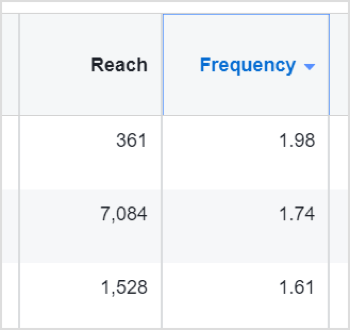
The ad metric ensures that your target audience sees your ad enough times to remember your message without getting overwhelmed. A high frequency can cause ad fatigue, but a low frequency may not provide the required impact. Regularly checking this indicator allows you to optimize your campaign's performance and budget.
How to Calculate Facebook Ad Frequency?
So, how do you calculate this critical metric?
Formula:
Frequency = Impressions ÷ Reach
- Impressions: The total number of times your ad has been displayed.
- Reach: The number of unique users who have seen the ad.
Example:
Supposing your ad boasts of 10,000 impressions-with a reach of 5,000 unique users-then the frequency is:
10,000 x 5,000 = 2
This means on average, each user has seen your ad two times.
What is a Good Frequency for Facebook Ads?
Generally, a pretty decent frequency is 1-3 times per ad set on Facebook ads, which means that people in your target audience will view your ad an average of 1-3 times. This guarantees enough exposure without running the risk of overdose or fatigue within your audience.
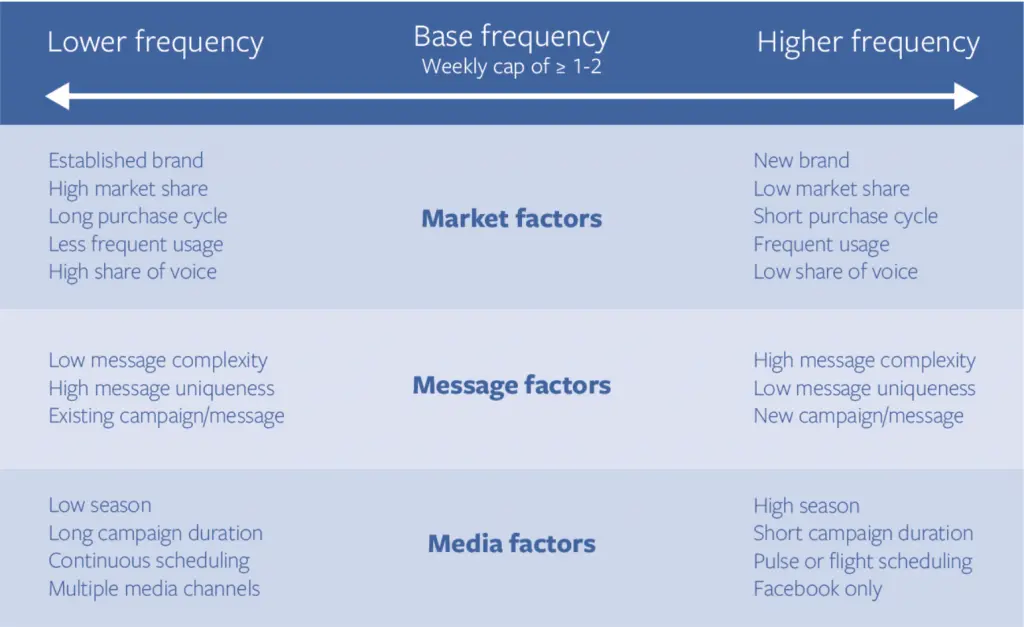
However, the right frequency really depends on the objectives of your campaign and your target audience, and so, it is necessary to experiment at different levels in order to determine the most effective range for your campaign.
- Brand Awareness Campaigns: Bring them your brand with its first initial low frequency or even just 1 or 2 times to really cast off the unwanted "false" audience by overwhelming their senses.
- Engagement/Consideration Campaigns: 2-3 times will serve you well in getting people to "engage" in some way: either clicking or checking your videos out.
- Conversion Campaigns: If you target an immediate sale, it probably requires a bit higher frequency, maybe around 3-5 times, but try to keep watchful eyes for signs of ad fatigue.
How to Check Facebook Ads Frequency?
Step 1: Access Facebook Ads Manager
Log in to your Facebook Ads Manager where you manage campaigns with ad partners.
Step 2: Go to Columns
Next, check the Ads Manager dashboard where you will see the Columns tab at the top of it. Click it to make the drop-down menu open.
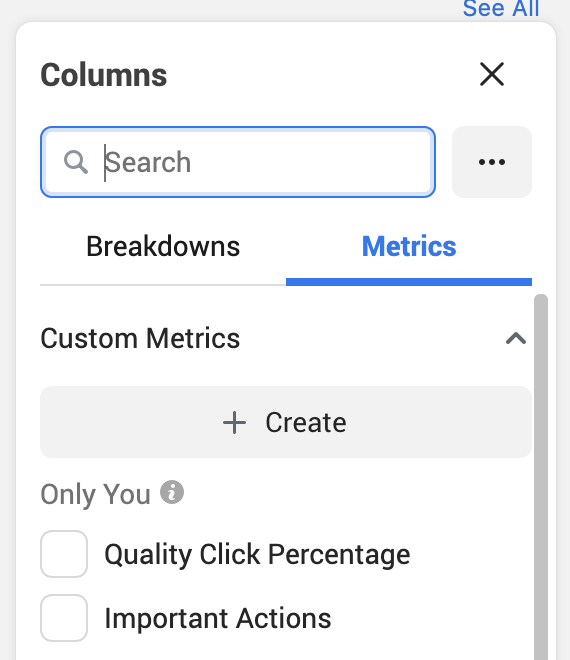
Step 3: Columns Customization
Select Customize Columns from the drop-down menu; from there, you can decide what metrics will be included on the dashboard.
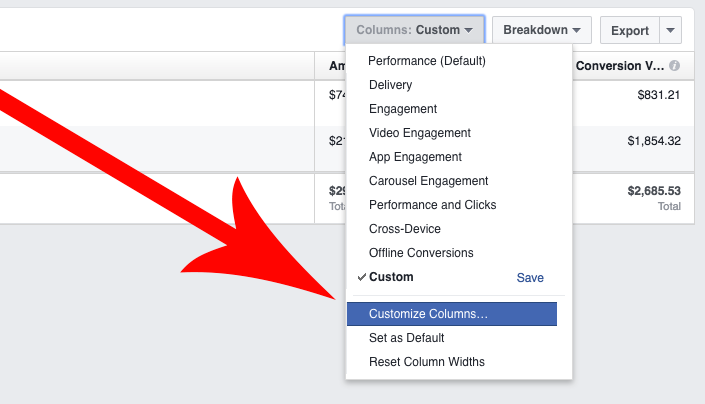
Step 4: Choose Frequency
From the Customize Columns menu, scroll down the list or use the search bar to find the metric named Frequency. Tick the check box next to that to include it in your dashboard view.
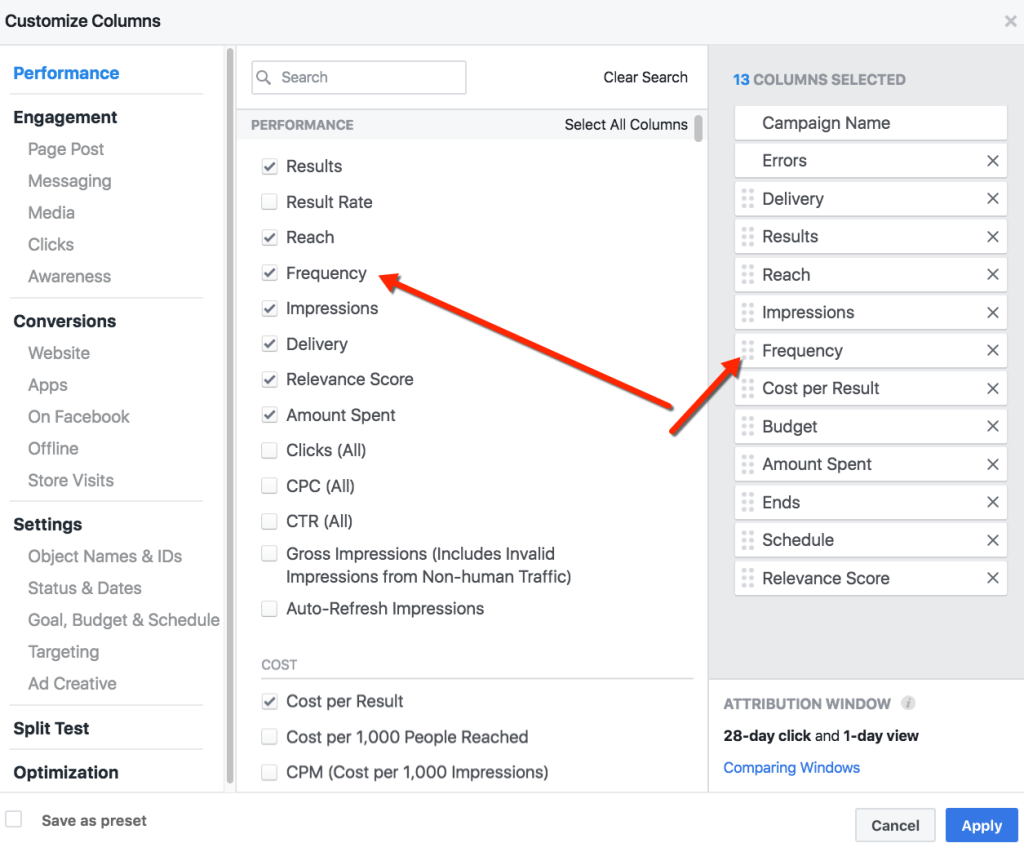
Step 5: Save Changes
Once you select Frequency, take the last step: Click Apply, and your dashboard will reflect it.
Step 6: View Your Frequency Data
You can see the frequency metric against your campaigns, ad sets, or ads once the updating is done. Frequency is the average number of times each person in your target audience sees your ad.
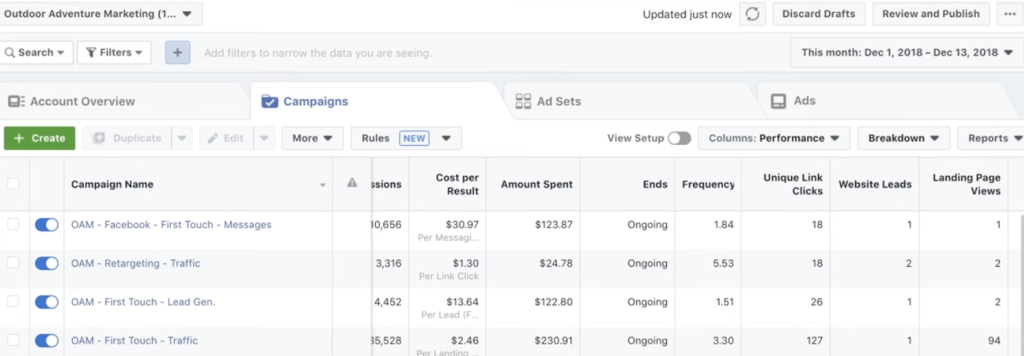
Benchmarks for Facebook Ad Frequency
According to data gathered from Databox, these benchmarks provide actionable insights into the recommended frequency ranges for both B2B and B2C campaigns.
B2C Facebook Ad Frequency Benchmarks
Ideal frequency for B2C campaigns is from 2 to 5. Since B2C audiences have short decision-making cycles, repeated exposure creates awareness and drives quick actions such as clicks or purchases.
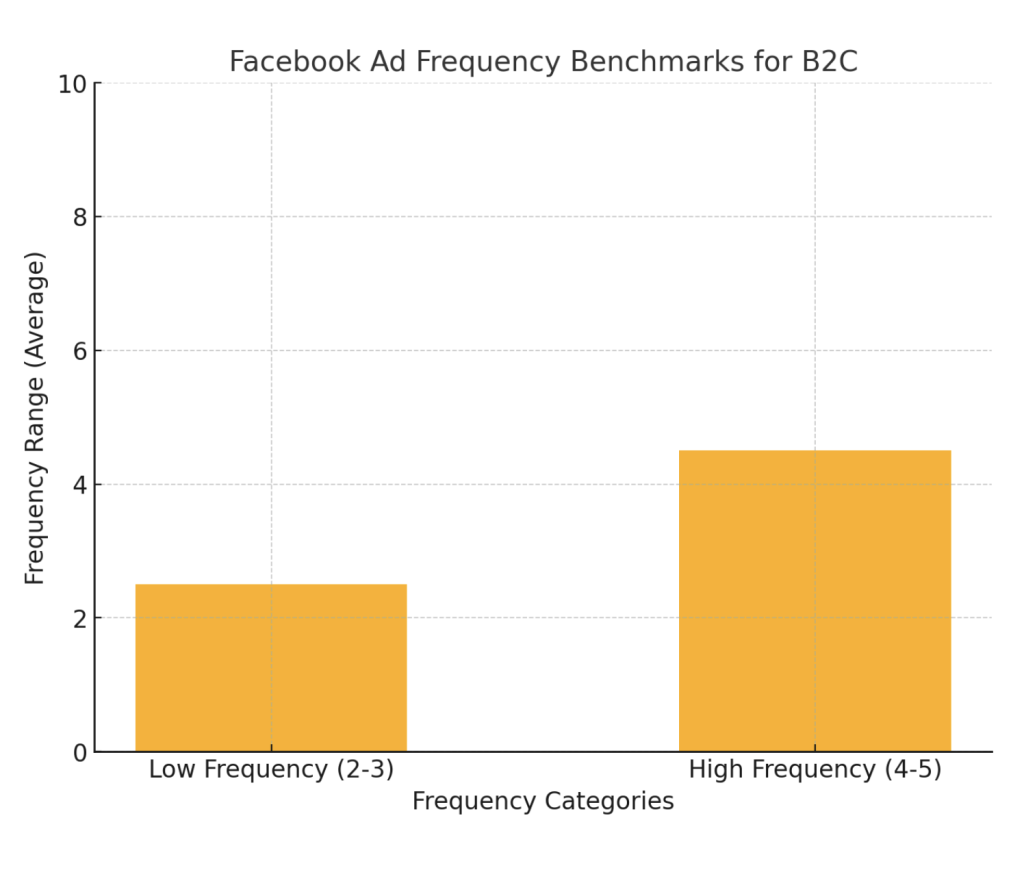
A lower frequency is used for standard goods, such as everyday products: 2-3 per week. A higher frequency (4-5) is recommended for advertising special offers, seasonal promotions, or new launches.
B2B Facebook Ad Frequency Benchmarks
The typical frequency in B2B campaigns is closer to 3 to 9.
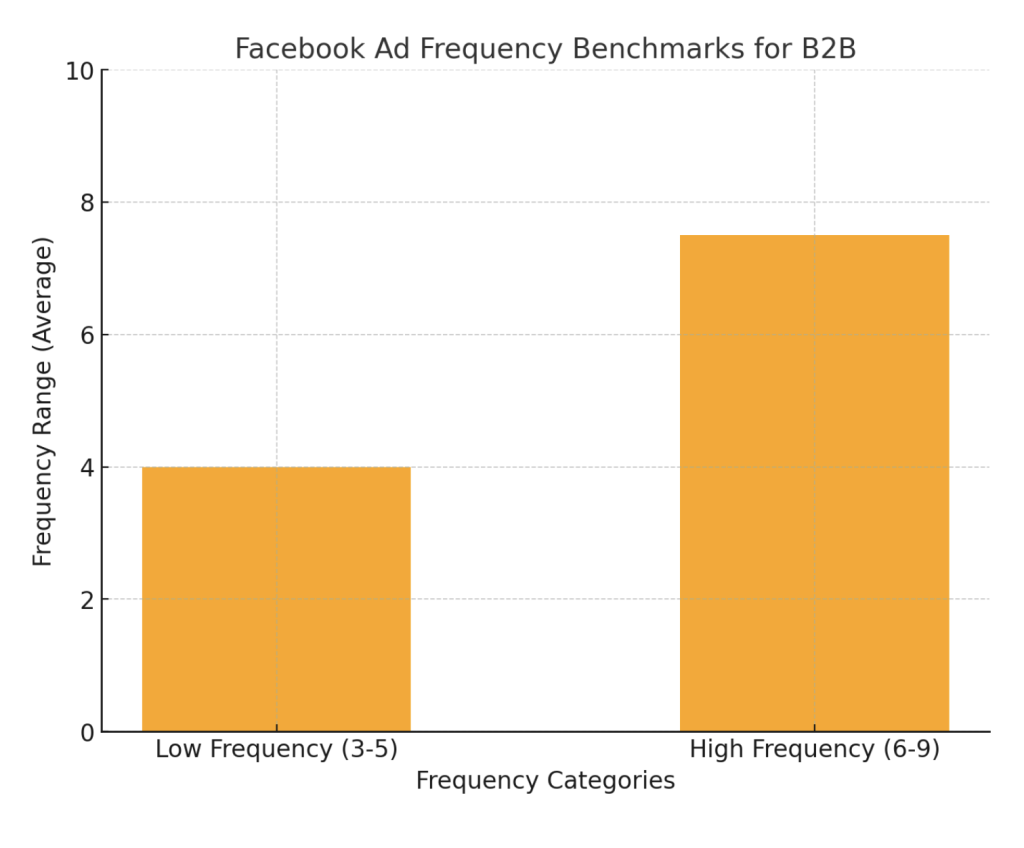
While audience B2B takes a longer time to build trust and make decisions, lower frequencies are best for campaigns such as lead generation or awareness-focused ones, while higher frequencies (6-9) work better for nurturing prospects, educating stakeholders, or converting them for complex or high-value products.
What to Do If Your Frequency Is Too High or Too Low?
Follow these Facebook ad frequency best practices to keep your ads engaging without overloading your audience. Here’s what to do:
When Your Frequency Is Too High
Too high frequency simply puts your commercial in an increasing number of accesses to the viewer and can thus bring about some saturation or irritation to your commercial.
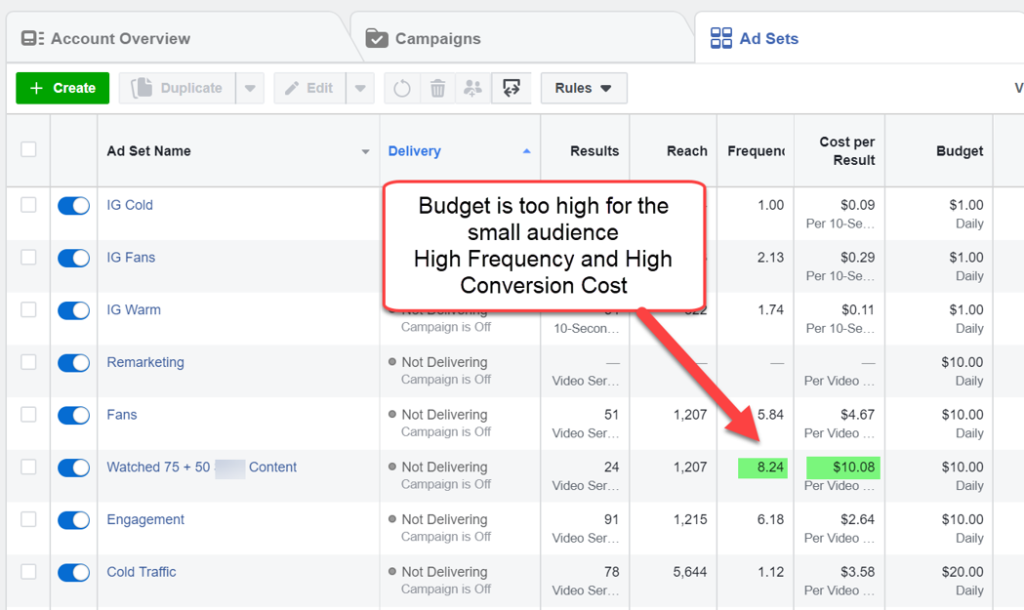
In this way, it can affect your campaign adversely. Here are steps to rectify it:
1. Refresh Your Ad Creatives
Introduce new visuals, headlines, or calls-to-action (CTAs) to keep the ads engaging and fresh.
You can try different ad formats and approaches, like carousel ads, videos, or interactive content, to keep the audience interested.
2. Broaden Target Audiences
Widen your target audience segment to allow for a larger inclusion of users, thereby also reducing the chances of repeat exposures to the same individual.
And, by all means, look for similar users, or would-be look-alikes to your current audiences, through pure-lookalike audiences.
3. Set a Frequency Cap
Give a range anywhere between 3 to 10 views for instance, 3 ads in a week.
Use the Reach and Frequency purchase option in the Ads Manager function to restrict the number of times any one person sees your ad.
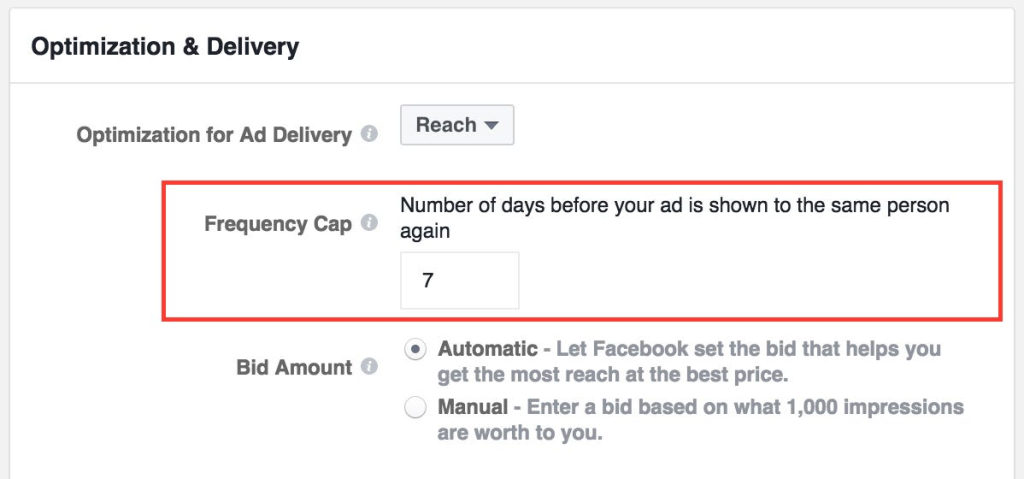
4. Alter Timing and Period
Campaigns of shorter duration or stopped for the time being will rest the audience.
Set ads live just within the times when audience activity is high to capitalize on the availability of ads and the opportunity for delivery without excess.
5. Test New Placements
When one placement (like Facebook Feed) has over-delivered your ad, allocate an adequate amount of budget to other placements, such as Instagram Stories or the Audience Network.
When Your Frequency Is Too Low
Low frequency ranges that imply that your advertisements are not appearing very frequently for users to familiarize themselves with your brand. They might never take any action.
Here are some of the solutions to ameliorate it:
1. Increase Your Budget
A larger budget allows for such higher impressions, ensuring that your ads are displayed more often to your audience.
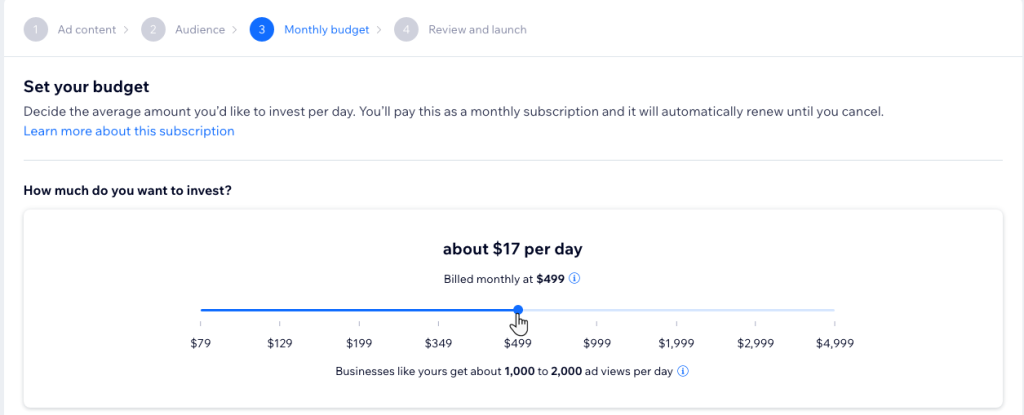
2. Narrow Your Target Audience Reach
Get closer to a smaller, more exact audience for higher exposure within that group Example: Your audience has been narrowed, such visitors would be retargeted: these are users who visited your site or took action by interacting with previously run ads.
3. Leverage Retargeting Campaigns
Those ad sets that target existing website visitors can be retargeted to users who have a previous interaction with your brand but have not converted. Use Custom Audiences: for similar purposes, you might want to go the route of CAPI high intent users for those interested in abandoning carts or top product pages.
4. Optimize Ad Scheduling
Share your Ads at the optimal times peak activity hours of the day are likely to define when an audience is most likely to interact with the ads.
Example: Your audience will mostly be active in the evenings; hence, it will be prudent for ad delivery to be based within these hours.
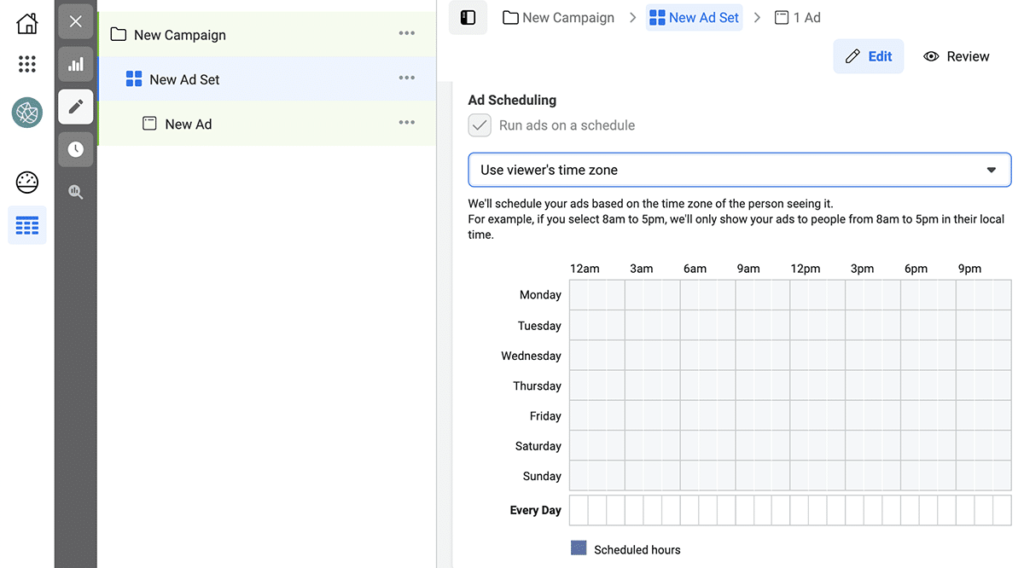
5. Improve Ad Relevance
The Relevance Score (or Quality Ranking) in Ads Manager should be checked. A low score may indicate that your ad is performing poorly because it is not relevant to your audience.
Update your creatives, messaging, or offers to be more aligned to what your audience prefers.
Control Over Your Facebook Ads with Omega Facebook Pixels
When first starting out, it’s completely fine to manage Facebook Ad Frequency manually. Facebook's native tools give the fundamental metrics - such as impressions and reach - required to compute frequency and track campaign performance. This hands-on approach might help you understand how your ads are being received by your target demographic.
However, if your campaigns become more complicated, manually examining these KPIs can become inefficient and error-prone. Switching between Facebook's reporting tools and your internal systems may result in inconsistencies, making it difficult to keep control over your campaigns' efficacy.
For a speedier and more efficient solution, Omega Facebook Pixels' Ads Report function stands out since it provides all-in-one reporting. Unlike Facebook's native capabilities, which need continual platform switching, Omega Facebook Pixels integrates Facebook Ad metrics (impressions, clicks, conversions, and cost-per-action) directly with Omega data. This feature enables the integration of data from Facebook and the app into a single dashboard, simplifying the monitoring and control of campaigns.
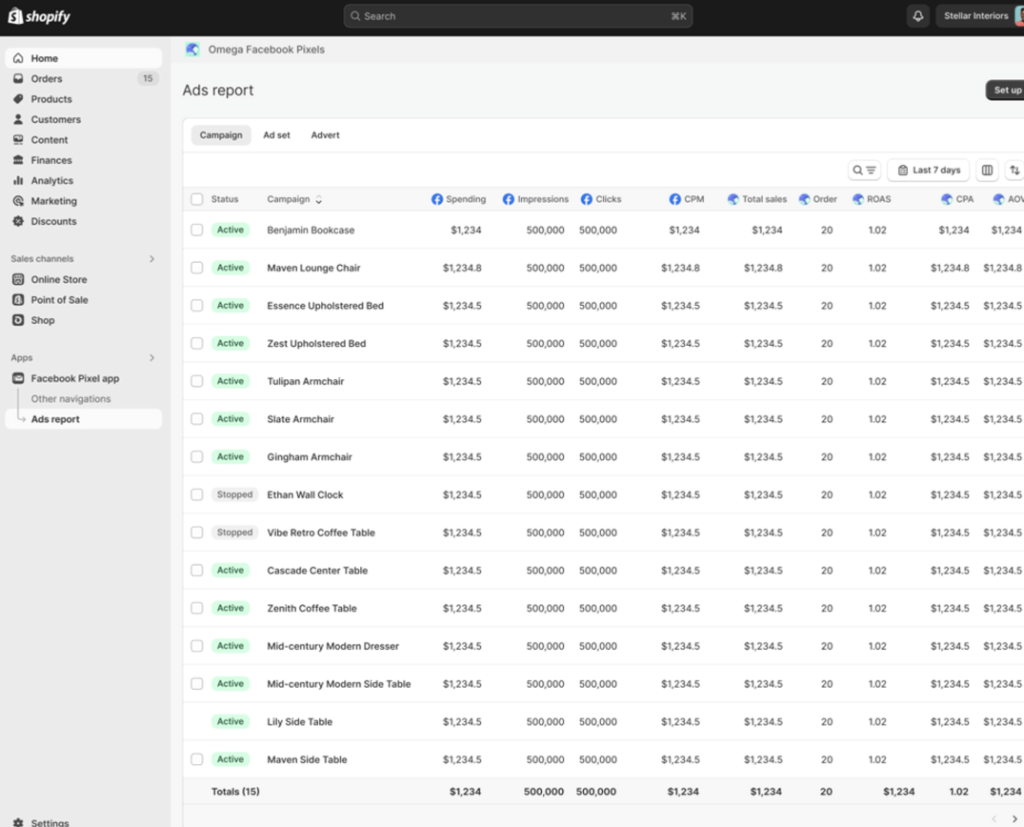
Final Thoughts
Facebook ad frequency can make or break your campaigns, and finding the right balance is key. It’s all about showing your ads enough to make an impact without annoying your audience. I’ve shared tips and strategies that I’ve seen work time and again - like refreshing creatives, setting frequency caps, and targeting smarter.
I hope this helps you feel more confident in optimizing your campaigns and getting better results. Give it a try, and you’ll see the difference!
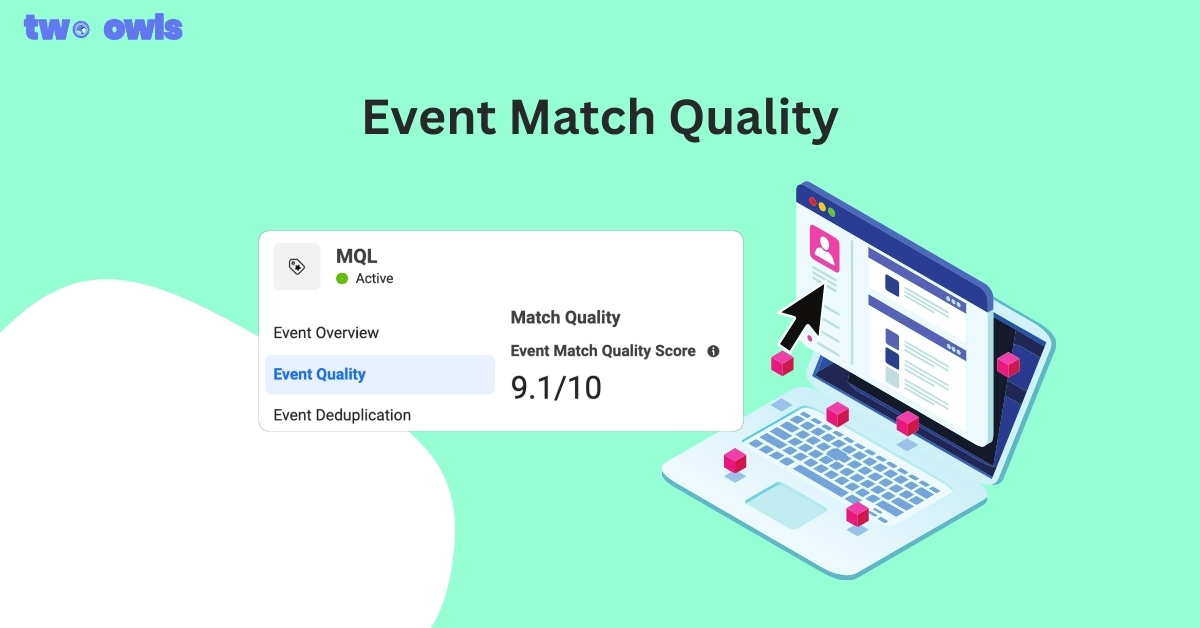
Event Match Quality: Definition, Benchmarks & How to Improve It
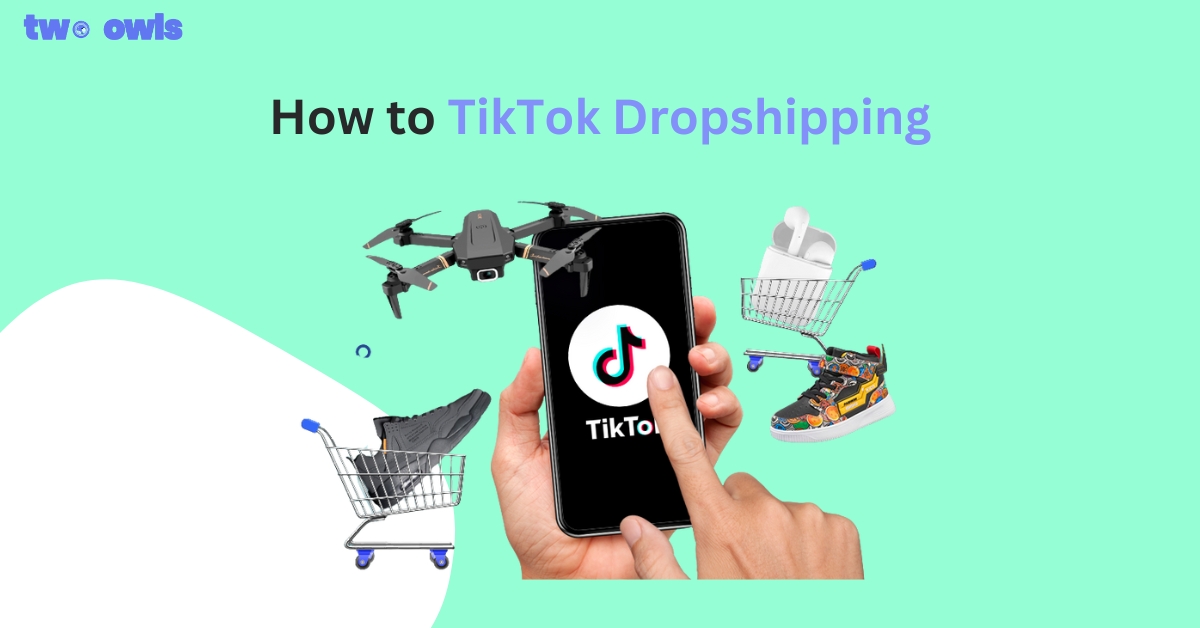
TikTok Dropshipping: How to Build a Profitable Store in 2026
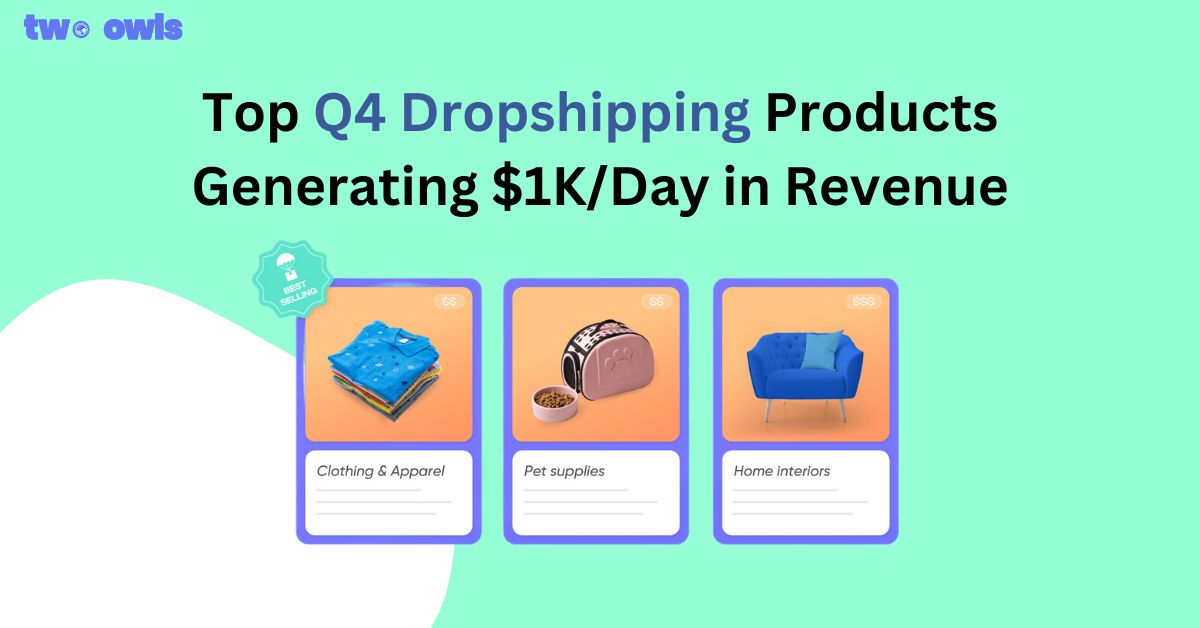
Top Q4 Dropshipping Products Generating $1K/Day in Revenue
How to Install Twitter Pixel: Every Method You Should Know

